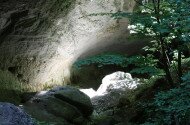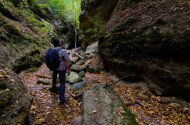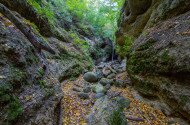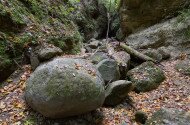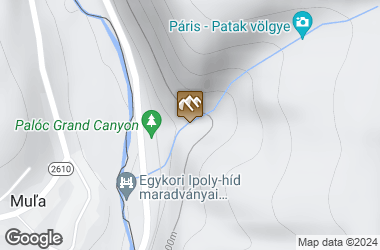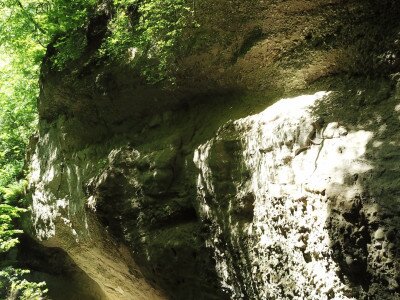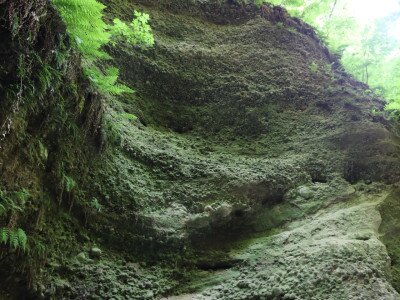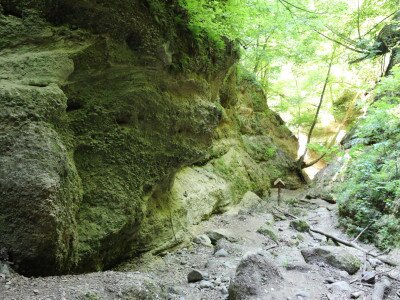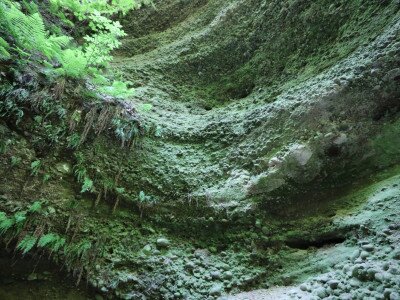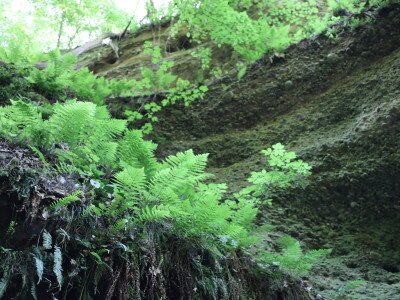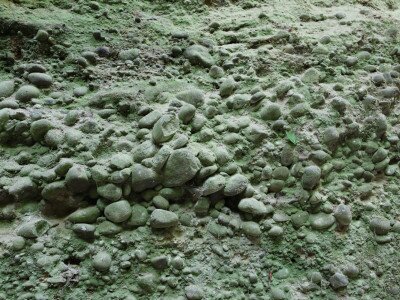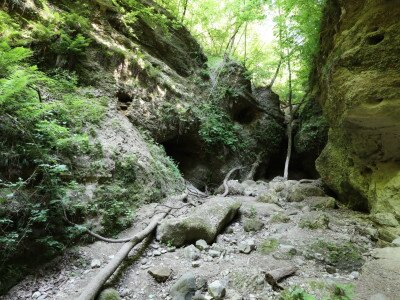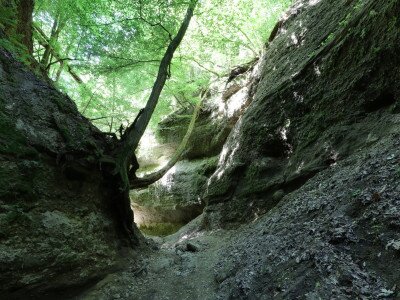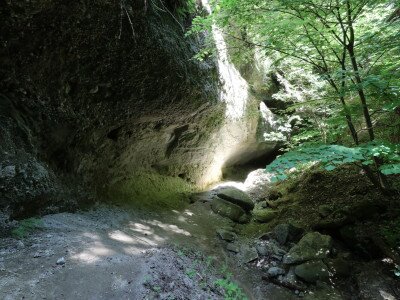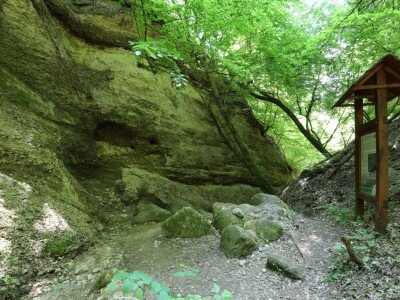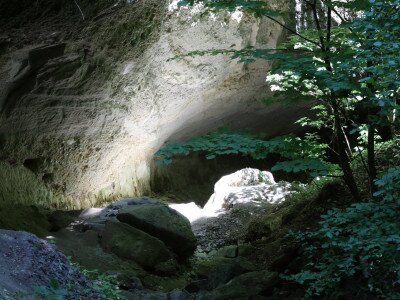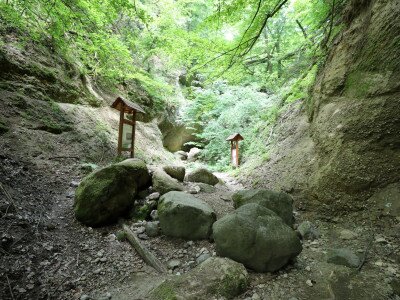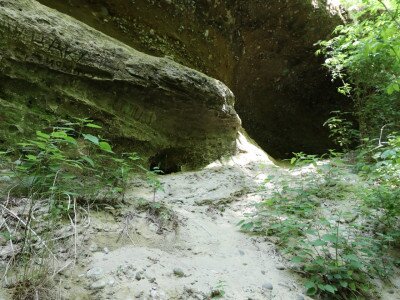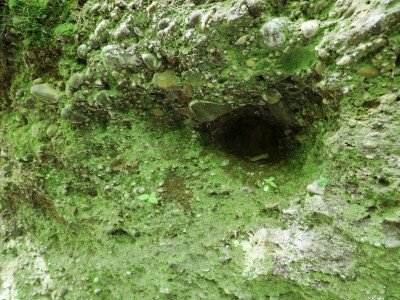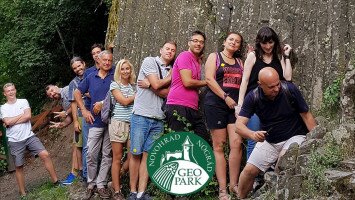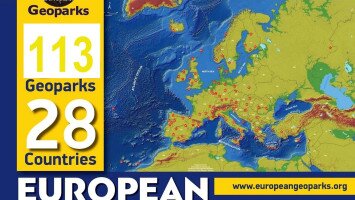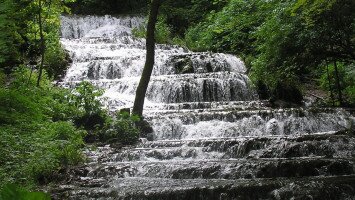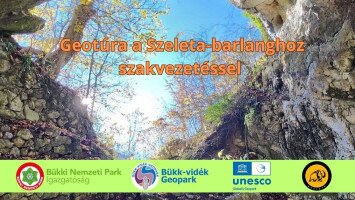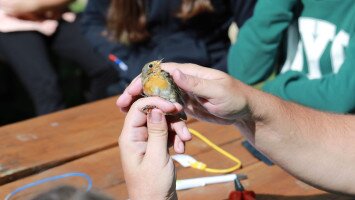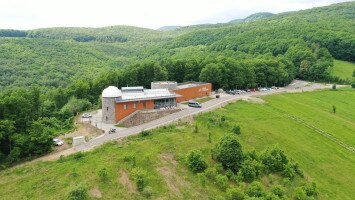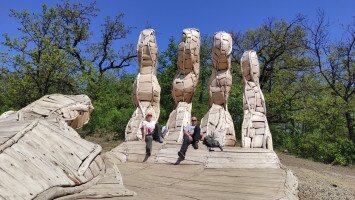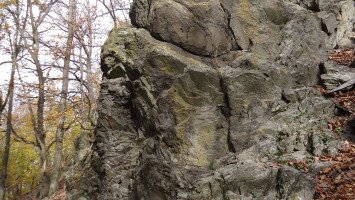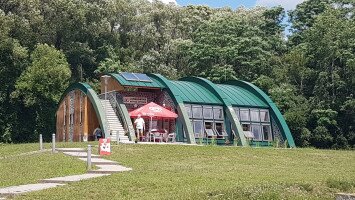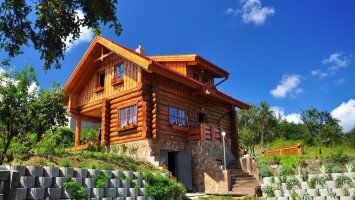Helyi jelentőségű védett természeti terület.
Megközelítése
A köztudatban „Palóc Grand Canyon”-ként elhíresült védett szurdokvölgy elnevezése földrajzi szempontból ugyan nem helyes, de a terület különlegességét és egyediségét jól tükrözi. Megközelítése Ráróspuszta irányából Nógrádszakál felé haladva az országútról bal kézre letérve a vasúti sínen áthaladva lehetséges. Eligazodásunkat segíti az Ipoly Erdő Zrt. által, a közút mellé nemrégiben kihelyezett információs tábla, amely a védett területről ad részletes leírást.
Felszínalaktani jellemzők
A Páris völgy az Ipoly bal oldali mellékvölgye, mely Nógrádszakáltól északra, Rárósmúlyaddal szemben torkollik. A Páris-patak, amely egyébként nem rendelkezik állandó vízfolyással, a szurdokvölgyben többféle kőzetbe vágódott be. A száraz, 15-20 m mély, meredek falú völgyben csapadékos időben és hóolvadáskor viszont látványos vízesések képződnek.
A terület a hajdan az Osztrovszki-hegységhez tartozó, Litke és Nógrádszakál között emelkedő, andezittakaró része. Feltehetően egy folyó torkolati deltavidékénél halmozódott fel az az üledékréteg, amelybe a patak medret vág. A nagy vastagságban képződött kavicsos, homokos üledékbe helyenként tufás márga vagy riolittufa-, tufit-rétegek települnek. Ezek levéllenyomatokat őriztek meg.
Látnivalók
Nemrégiben a Páris-patak völgyében lelték fel Magyarország első fatörzsbarlangjait, melyek világviszonylatban is kuriózumnak számítanak. A vulkáni kitörések megszűnte után lerakódott vulkáni üledékes anyagba (konglomerátumba) növényi részek és fatörzsek ágyazódtak be. Az addig tavi környezetben lévő vulkáni üledékes réteg és a külső erők hatására a forró anyagban el nem égett fatörzsek korhadásnak indultak, a helyükön idővel üregek maradtak, amelyek a völgy fejlődésével és mélyülésével kerültek a felszínre. Az üregek lényegében a vulkáni üledékes kőzetbe beágyazódott fatörzsek lenyomatai, innen ered a lenyomatbarlang elnevezés is.
Állatvilág
Az erdei környezetben lévő nedves, mély szurdokvölgy kérészeknek és szitakötőknek nyújt élőhelyet. Ezek közül kiemelendő védett fajok a feketelábú szitakötő (Gomphus bidentatus), a Geoparkkal érintett területről csak innen előkerült csermely szitakötő (Onychogomphus forcipatus) és a nem védett, de országos szinten is ritkának számító fenékjáró poloska (Aphelocheirus aestivalis).
A szurdokvölgyben felhalmozódott, egyre nagyobb mennyiségű, hatalmas kőzettömbök és a bedőlt fák nehezítik a közlekedést. Legyünk óvatosak és körültekintők!
Minden évszakban látogatható.

